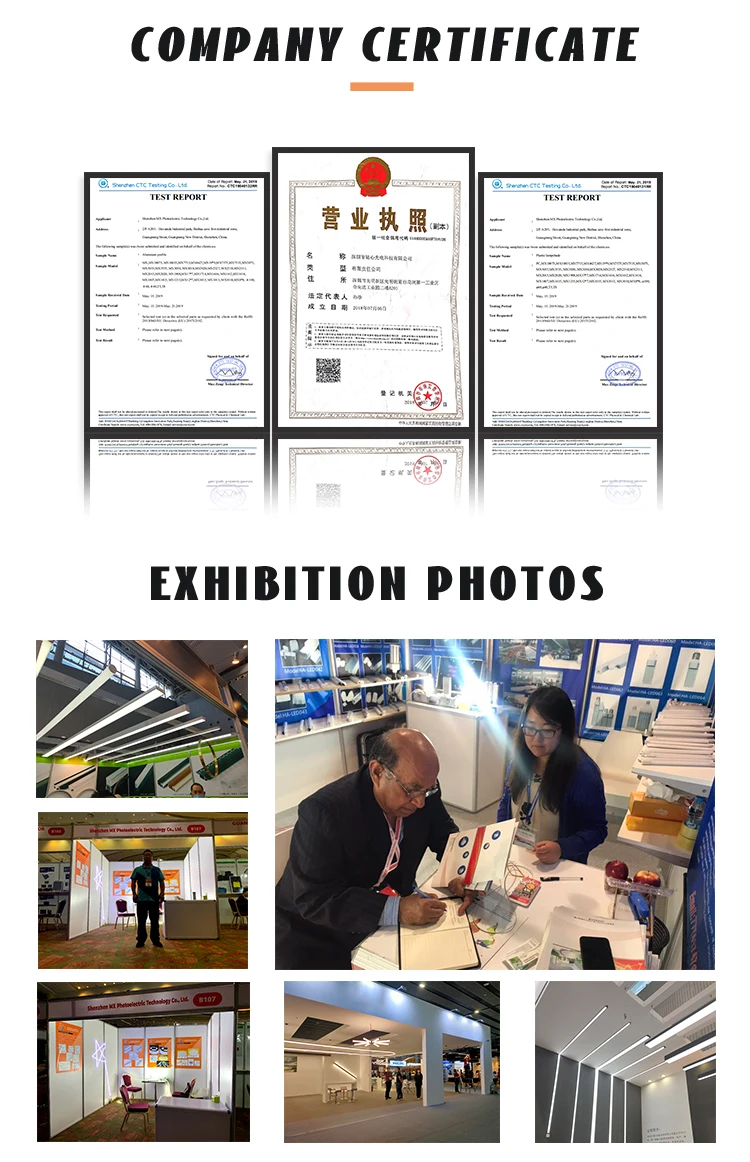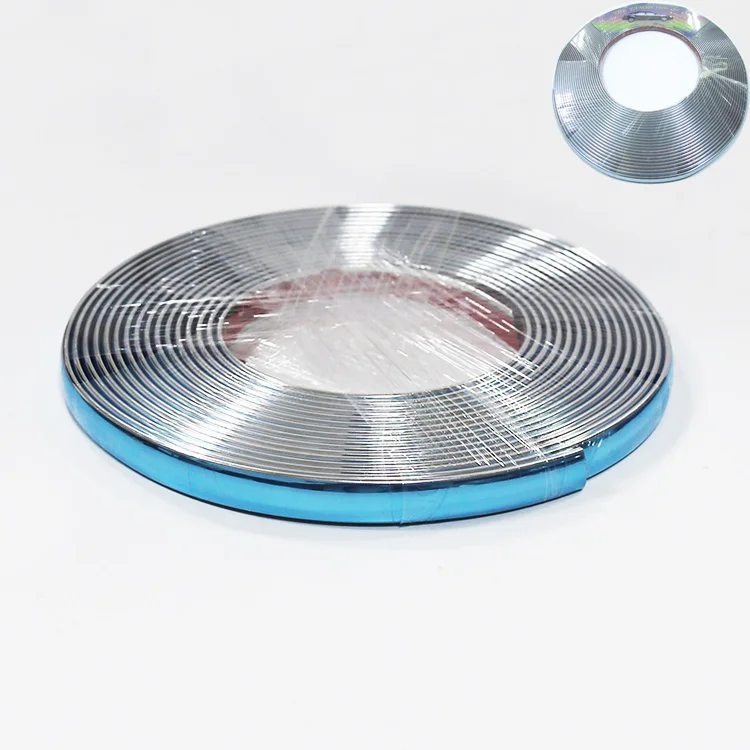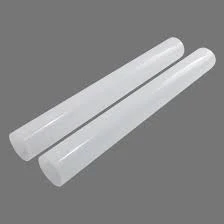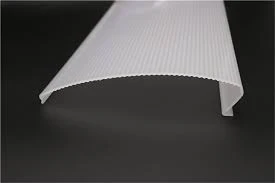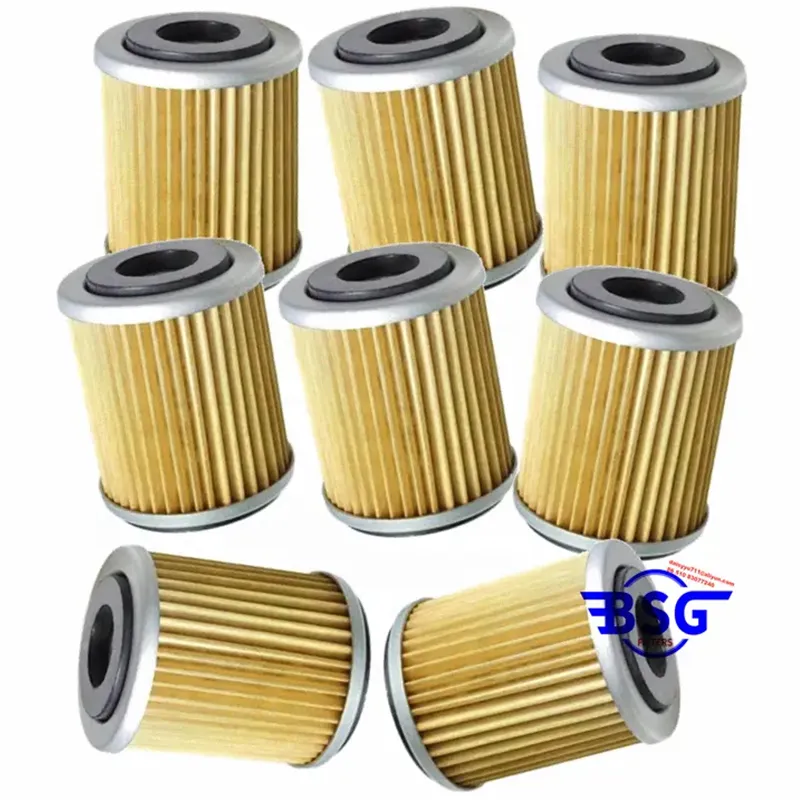Natural gas has become an essential part of modern life, fueling everything from heating systems to cooking appliances and industrial processes. However, with the benefits of natural gas come inherent risks, primarily related to safety. To mitigate these risks, safety devices such as natural gas safety valves play a crucial role in ensuring the safe use and distribution of gas.





